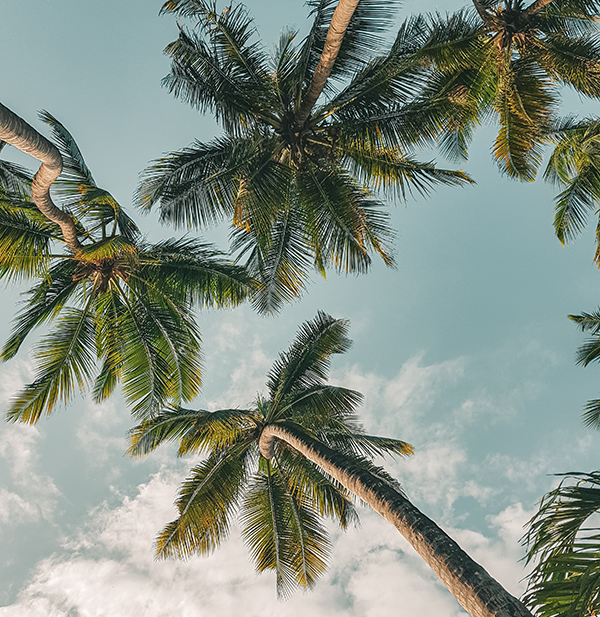News And Advice From The Leading Thousand Oaks Tree Trimming Company
Photos of landscaping throughout Southern California are filled with that iconic image of our beautiful weather: Palm trees. Homeowners in the Conejo Valley have their fair share of palm trees in their yards, with a nice variety of species represented. One thing you probably won’t see in a photo on a post card, though, is a palm tree with rows of brown leaves leading up to a towering plume of healthy leaves.

Unfortunately, those lower tier leaves naturally — and sometimes unnaturally — turn brown. Which brings up the question — should I or how often should I trim those brown leaves?
Generally, if you notice brown palm leaves on your palm tree, it’s a good idea to remove them. Brown leaves are typically an indication that the leaf is dying or already dead. By cutting off these brown leaves, you can improve the overall appearance of the palm tree and promote its health. Removing dead or dying leaves also helps prevent the spread of any diseases or pests that may be affecting the tree.
When cutting off brown palm leaves, it’s important to use clean and sharp pruning tools to avoid causing further damage to the tree. Cut the leaf stem as close to the trunk as possible without injuring the trunk itself. Take care not to remove green, healthy leaves as they are vital for the tree’s photosynthesis and overall well-being. If you’re uncertain about the health of your palm tree or the appropriate pruning techniques, give us a call. We can provide specific guidance based on the species of palm tree you have and the conditions in your micro-climate — and we can get the job done for you quickly and efficiently.
Additionally, it’s worth investigating the cause of the browning leaves, which include:
Watering issues: Overwatering or underwatering can lead to brown leaves. Overwatering can cause root rot and hinder the tree’s ability to absorb nutrients, while underwatering can result in dehydration and leaf damage.
Environmental stress: Palm trees can be sensitive to changes in their environment. Exposure to extreme temperatures, cold snaps, frost, or high winds can cause leaf browning. Excessive heat or intense sunlight can also lead to leaf burn and subsequent browning.
Nutrient deficiencies: Palm trees require specific nutrients for healthy leaf development. A deficiency in essential nutrients, such as potassium, magnesium or manganese, can cause leaves to turn brown.
Pests and diseases: Infestations of pests like palm weevils, spider mites or scale insects can damage palm trees and cause leaf discoloration. Diseases such as fungal infections or bacterial infections can also affect the health of the palm tree and result in browning leaves.
Transplant shock: If the palm tree has recently been transplanted or relocated, it may undergo transplant shock. This can cause temporary stress and lead to leaf browning until the tree adjusts to its new environment.
If we suspect that pests or diseases are the real issue, we’ll inspect the tree, identify the problem and provide appropriate treatment options. It’s also worth noting that different palm tree species may have unique care requirements and susceptibilities to certain issues. Again, we can help you with that — just give us a call and we’re on our way!

